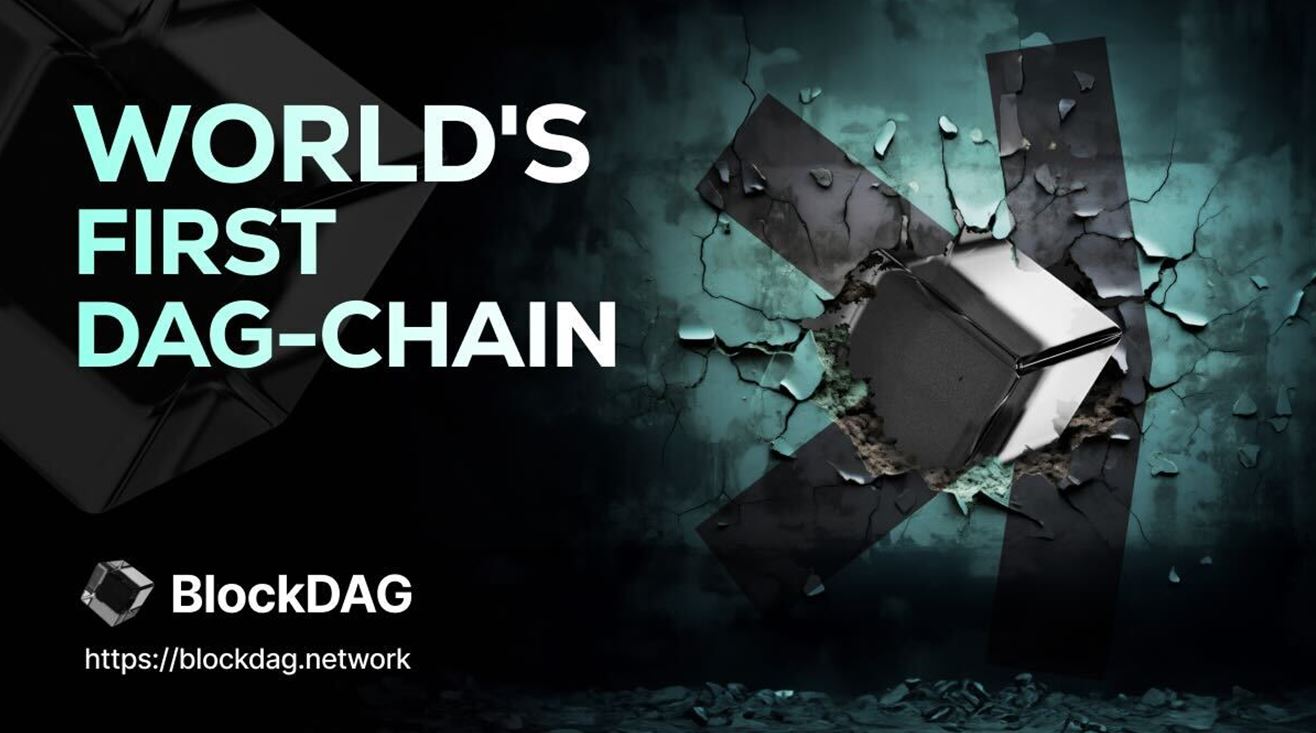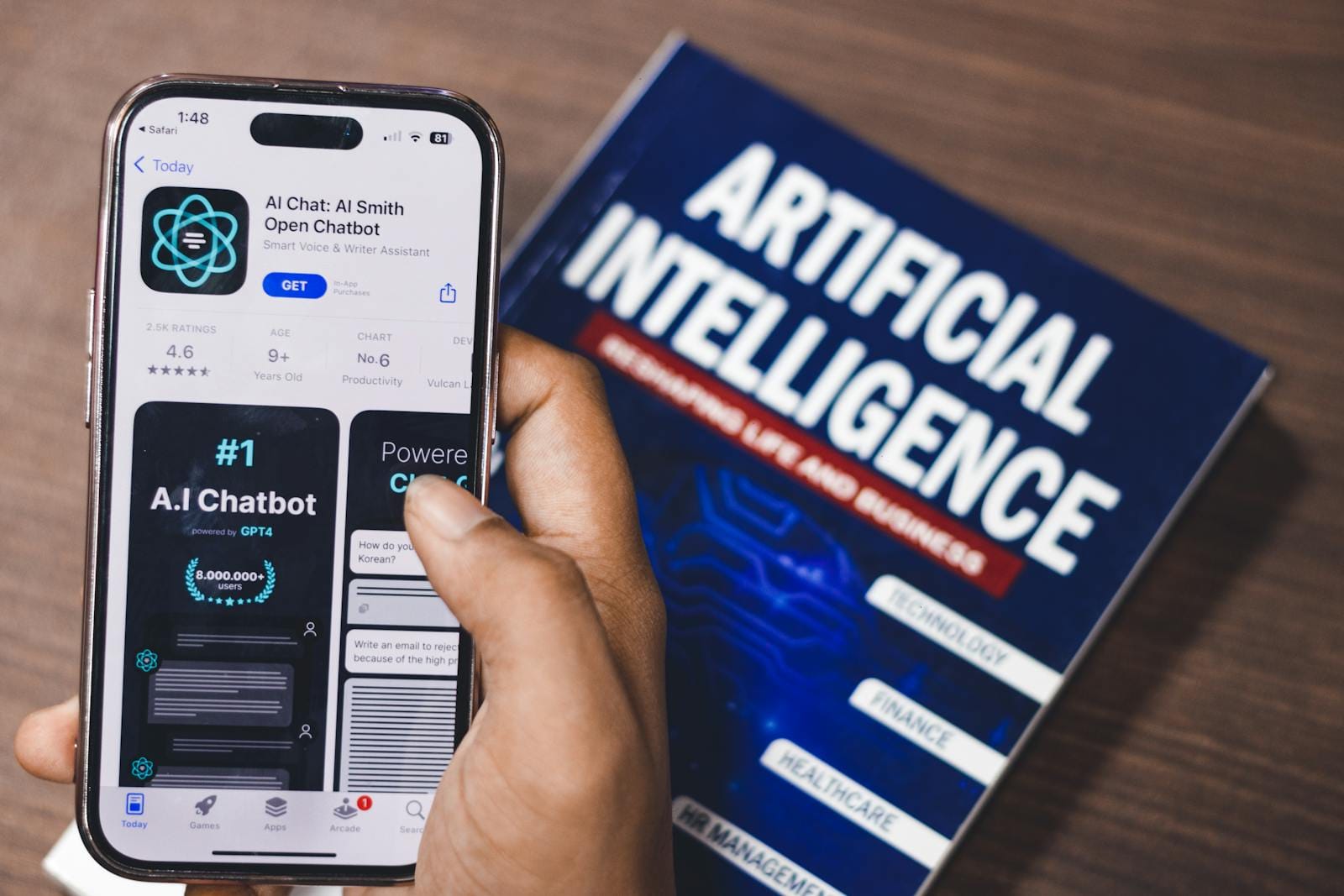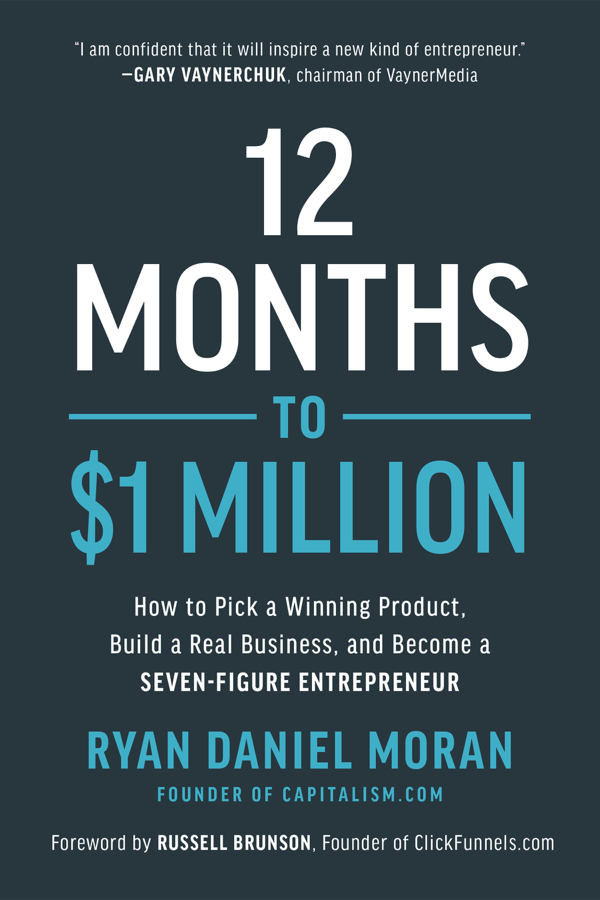
What If Every Campaign Had to Go Viral?
In today’s digital-first world, every marketer’s dream is to create that unforgettable campaign that captures everyone’s attention and takes the internet by storm. But what if going viral wasn’t just a goal – what if it was a requirement for every campaign? In this latest edition of JGH Marketing’s “The What If Series,” we dive into a scenario where virality is a necessity, not a bonus, and explore what this expectation would mean for brands, marketers, and consumers.
The Scenario: Every Campaign Must Go Viral
Imagine a world where every campaign your brand releases must achieve viral status. Every social post, video, or product launch needs to attract millions of views, endless shares, and a tidal wave of engagement. In this high-stakes environment, creativity, storytelling, and strategy are crucial, and anything less than viral success could be viewed as a failure.
Challenges of a Viral-Only Marketing World:
- Pressure to Innovate Continuously: The bar for creativity would be set incredibly high, pushing brands to constantly reinvent their approaches.
- Managing Audience Expectations: With every campaign going viral, consumers would start expecting groundbreaking content at every turn, making it harder to exceed expectations.
- Risk of Burnout and Saturation: Chasing virality can lead to “content fatigue” for both creators and audiences, as every brand competes to grab attention with louder, bolder tactics.
Consumer Perspective: How Would They React to All-Viral Campaigns?
From the consumer side, a world where every campaign is viral could create mixed feelings. Here’s how this viral-driven landscape could impact consumer engagement and behavior:
1. High Engagement but Shorter Attention Spans
While consumers would be highly engaged with viral content, the abundance of attention-grabbing campaigns might make it challenging to hold their interest for long. With so much viral content flooding their feeds, consumers could quickly move from one campaign to the next, making it difficult for brands to build lasting connections.
2. Raised Expectations for Content
In this scenario, consumers’ expectations would rise. They’d anticipate each campaign to be as exciting as the last, putting pressure on brands to keep delivering content that is innovative, relatable, and culturally relevant. For brands, this would mean investing heavily in fresh ideas and leveraging real-time trends.
3. Trust and Authenticity at Risk
With every campaign engineered to go viral, some consumers might start to question a brand’s authenticity. They may wonder if the brand genuinely cares about its message or if it’s merely chasing likes, shares, and views. Striking a balance between viral appeal and authenticity would be critical for maintaining consumer trust.
Future Outlook: The Pursuit of Virality in Marketing
If virality were essential to every campaign, marketing strategies would evolve to prioritize emotional storytelling, interactivity, and user-generated content. Here’s what brands could focus on to thrive in this environment:
1. Storytelling That Resonates
A great story is at the heart of every viral campaign. To achieve viral success, brands would need to tell stories that resonate deeply with their audience’s emotions, values, and experiences. Storytelling could become more personal and authentic, focusing on issues and themes that genuinely matter to consumers.
2. Data-Driven Creativity
Harnessing data to understand what drives virality would be essential. Brands could analyze past viral campaigns to uncover patterns—such as trending topics, optimal posting times, and successful content formats—and use these insights to inform future campaigns. This data-driven approach could help brands predict what resonates most and increase their chances of achieving viral status.
3. Encouraging User-Generated Content
User-generated content (UGC) is one of the most effective ways to create viral momentum. In this all-viral world, brands could leverage UGC to tap into their audience’s creativity and passion, encouraging them to share their own stories, testimonials, and experiences. This strategy would not only increase engagement but also foster a sense of community around the brand.
4. Real-Time Marketing and Trend Monitoring
Being able to respond quickly to current events, social issues, and trends would be crucial in a world where virality is key. Brands would need to monitor online conversations and stay agile, creating timely content that aligns with what’s happening in real-time. By being responsive and relevant, brands could increase their chances of capturing the attention of a broad audience.
Conclusion: Balancing Virality with Value
In a world where every campaign must go viral, brands face a new level of pressure to create attention-grabbing content while staying true to their values. Virality can be a powerful tool, but it’s important to remember that substance matters as much as style. While the pursuit of viral success can boost visibility and engagement, brands should strive to create campaigns that are not only memorable but also meaningful.
As we continue to explore “The What If Series,” we encourage brands to think about the impact of virality on their marketing approach. Going viral may seem like the ultimate goal, but remember: the real power lies in creating connections that last.
Previous Post
How AI is Revolutionizing Digital Marketing in 2024















